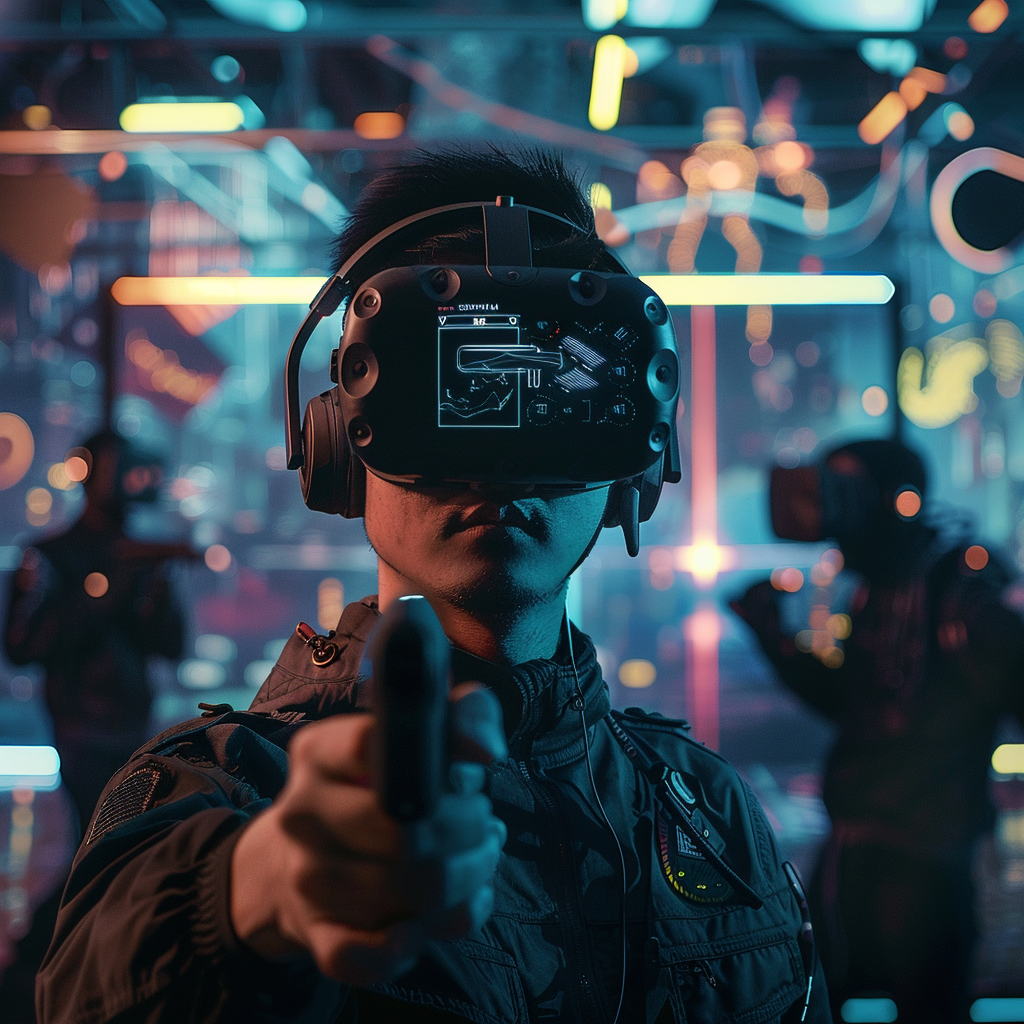VR games provide users with a lifelike immersion experience that increases emotional engagement and enables a variety of experiences, which can have a huge impact not only on gaming but also on education, training, and other fields.
In recent years, more and more VR games have been released. People who have tried them all say they are amazing experiences, and some even say that this new technology is the future of gaming. When it comes to gaming, VR seems to imply something more than just a change in representation. But what is it about these technologies that has people so excited? Is there something special that VR means to gamers? To answer these questions, I think it’s best to start by looking at what games are about, and then look at how VR impacts them.
We always want to experience things: when we hear a story, we imagine the places in the story, when we read a novel, we empathize with the main character, and when a new ride comes out, we want to try it. We all have different interests, but I think it’s a very basic desire to want to “try” something we’re interested in. However, we can’t experience everything in person, so most of our experiences are virtual, through mediums like books, movies, and games. There are many of these mediums, but games are unique in that they allow for direct user interaction. While not all game genres were created for this purpose, some branches of the game genre certainly seem to have emerged from the desire for this experience.
These types of games always offer new experiences to the user. The types of experiences are so varied that it’s hard to generalize, but they include every experience imaginable. For example, you could be a British infantryman in World War II, or you could be an alien farming on an alien planet. While these experiences may be different, they all have one thing in common: we want the user to emotionally agree that they are an agent in the game. This is because it is only through this emotional agreement that the user can take the experiences provided by the game seriously.

There are many techniques used to make games more immersive. These techniques include storytelling that makes users feel emotionally involved by explaining the background story in detail, or using a first-person or third-person perspective to view the character in the game. While these techniques have been effective in creating an immersive experience for users, the most fundamental obstacle is that you have to look through a small window called a monitor to see yourself in the game. If you look through the monitor and turn your head just once, you can see things that are completely unrelated to what you were focusing on, such as the computer itself, your wallet on your desk, and other clutter, how can you think that the game’s representative is really you?
To solve this immersion problem, VR came into the picture. This is where VR enters the game. By matching the user’s point of view with the game’s point of view, VR eliminates the feeling that the user is separated from the game world and looking at the game from the outside through a window like a monitor, and makes the user feel as if they are inside the game, providing a realistic visual experience of the world within the game. This characteristic largely solves the problem of psychological consent mentioned above and allows the content of the game to be conveyed to the user without any loss, at least visually.
Going back to our first point about providing an experience, when you provide a virtual experience, like in a game, the more realistic it is in terms of our senses (sight, sound, touch, etc.), the closer it feels to the real thing. If a game aims to provide a realistic experience that is unique to that game, VR is a pretty big leap forward in solving a big part of the sensory problem of vision. Maybe when a game solves all of these sensory problems, it becomes a separate and complete virtual world that is not just for fun.
It’s worth noting, for example, that games using VR technology can also be used for real-life training and education. For example, in military training or medical education, VR can be used to train in environments that closely resemble real-life situations. This would be an example of something that goes beyond entertainment to provide real utility. These advances in technology could revolutionize not only the gaming industry, but many other fields as well.
One day, if we can find technologies that address other senses as well, we may be able to play a game and feel like we’re actually in a completely different world from our own. It will be more than just a visual experience, it will be a multi-sensory experience, including touch, smell, and taste. When that happens, we will truly experience a “new world” in games, and it will be an amazing experience beyond what we can currently imagine.
